QOTD: The Grimmest End?

“I’m a lawyer from Denver, Colorado, Mike… I probably can’t hit a thing.” – William Holden, The Bridges at Toko-Ri
Sometimes, things don’t work out the way you planned. Sometimes, despite erring on the side of caution and always treading the right path through life, fate deals a cruel blow. It’s just the way it is.
A man who did everything right can find himself dying in a muddy ditch, far from home. Other times, it’s an automotive brand laying in that ditch — a victim of circumstance, world events, changing societal trends, financial incompetence, or hasty cost-cutting. Whatever came before no longer matters.
Still, some deaths are worse than others. Which automotive demise was least charitable to the deceased?
We’ve lost a good many brands over the past century and change, though many were blips on the radar. Here for a second, swallowed (and forgotten) by history the next.
Then there were the brands that once encompassed an entire automaker. AMC comes to mind, which saw (as a brand) its lineup dwindle to a lone, innovative-yet-still-outdated model by the late 1980s. That model would itself spawn a brand, Eagle, which met its own end after a fair bit of success. Ask Corey about his respect for the Vision.
Performance attributes aside, Eagle Talon owners still carry a stigma.
We can’t consider Studebaker’s to be the grimmest end, as 1964 saw a suddenly stately Lark, a gorgeous (but ancient) Gran Turismo Hawk, and the Avanti. The South Bend brand used its pocket change to good effect right to the end.
The same can’t be said about Packard, the “merger” partner that Studebaker managed to kill off in 1958. Smothered beneath its partner’s bloated overhead and myriad inefficiencies, the storied brand, once a contender for the top spot on the domestic luxury totem, ended life as an awkwardly tarted-up Stude that left all onlookers feeling sad.
That has to be the grimmest end.
Sure, we hardly go two minutes without thinking about Oldsmobile here at TTAC Towers, but the final decade of Olds’ life saw the introduction of a range of okay-to-better vehicles. Even the final model, the Alero, has an adoring fan base.
Things weren’t so inspiring at Plymouth. Aside from the Prowler, a vehicle whose debut, in hindsight, seems bizarre and unlikely, there was little to get excited about by the end. And that could include the V6-only Prowler. One could include Pontiac in this list, though there were attempts, at least, to return some thrills to the “We build excitement” brand.
Anyway, you’ve probably landed on a winner. Or loser, in this case. Which automotive brand met the saddest, most depressing end?
[Image: General Motors]

More by Steph Willems
Latest Car Reviews
Read moreLatest Product Reviews
Read moreRecent Comments
- Dale Had one. The only car I ever bought because of a review in a guitar magazine.Sure was roomy inside for such a small car. Super practical. Not much fun to drive even with a manual.Sent it to college with my stepson where it got sideswiped. Later he traded it in on an F-150.
- Bd2 Hyundai's designs are indeed among the most innovative and their battery technologies should allow class leading fuel consumption. Smartstream hybrids are extremely reliable.
- 28-Cars-Later So now H/K motors will last longer in between scheduled replacements. Wow, actual progress.
- AZFelix I have always wondered if the poor ability of Tesla cars in detecting children was due to their using camera only systems. Optical geometry explains that a child half the height of an adult seems to have the same height as that same adult standing twice as far away from the viewer.
- 28-Cars-Later Actually pretty appealing (apparently I'm doing this now). On a similar note, a friend of mine had a difficult situation with a tenant which led to eviction and apparently the tenant has abandoned a 2007 Jag S-Type with unknown miles in the garage so he called me for an opinion. Before checking I said $2-3 max, low and behold I'm just that good with the 3.0L clocking in at $2,3 on average (oddly the 4.2 V8 version only pulls $2,9ish) and S-Types after MY05 are supposedly decent.






















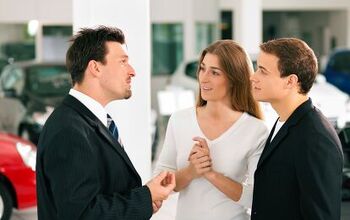
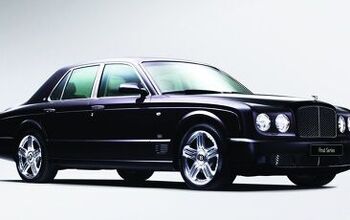

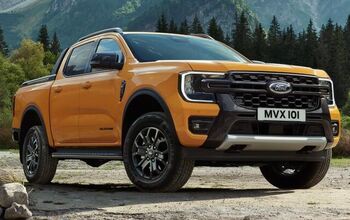
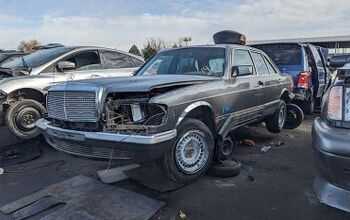
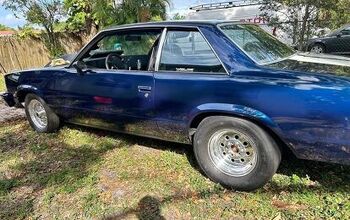



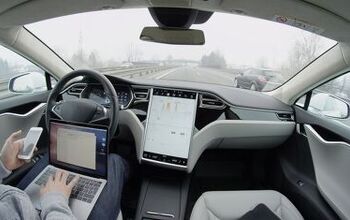
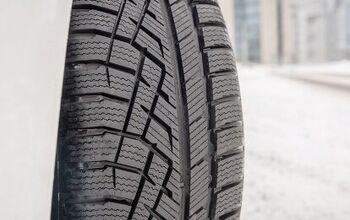
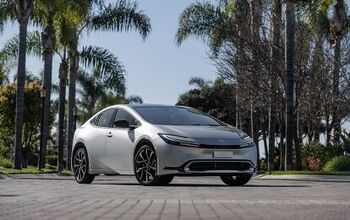

Comments
Join the conversation
Packard, it fell the farthest.
Citroëns dilution into badge-engineered mostly-Peugeots was a huge bummer, particularly with the final break, when PSA dropped the last hydropneumatic suspension car in 2017. The saddest part was watching all the usual auto press and shade tree mechanics posthumously opining that, well, of course the suspension was hard to maintain…except that that's not true and virtually anyone driving a hydropneumatic Citroën that's not an apocalyptic beater can tell you otherwise. The old maxim about how he how knows nothing repeats it frequently is particularly applicable to non-Citroën gearheads trying to weigh in on Citroëns. Had 320K miles on my 1970 DS21 before I reluctantly sold it over the one truly horrible repair problem of those models (needed a new clutch for an engine that sits behind the transmission in the engine bay) in a financial low point, and for 100K of those miles, all it needed was one replacement suspension sphere, which cost me $50 and screwed in like replacing a light bulb. Cars today are fantastically safe, comfortable, and reliable, but as I'm reminded every time I climb into my ridiculous old 2CV, they're no longer magical, and that's a shame.